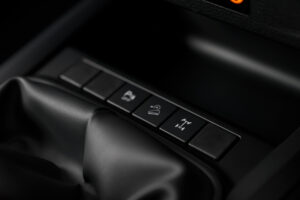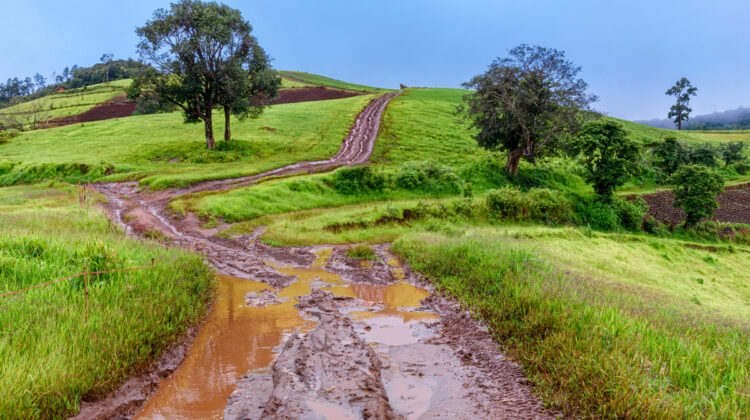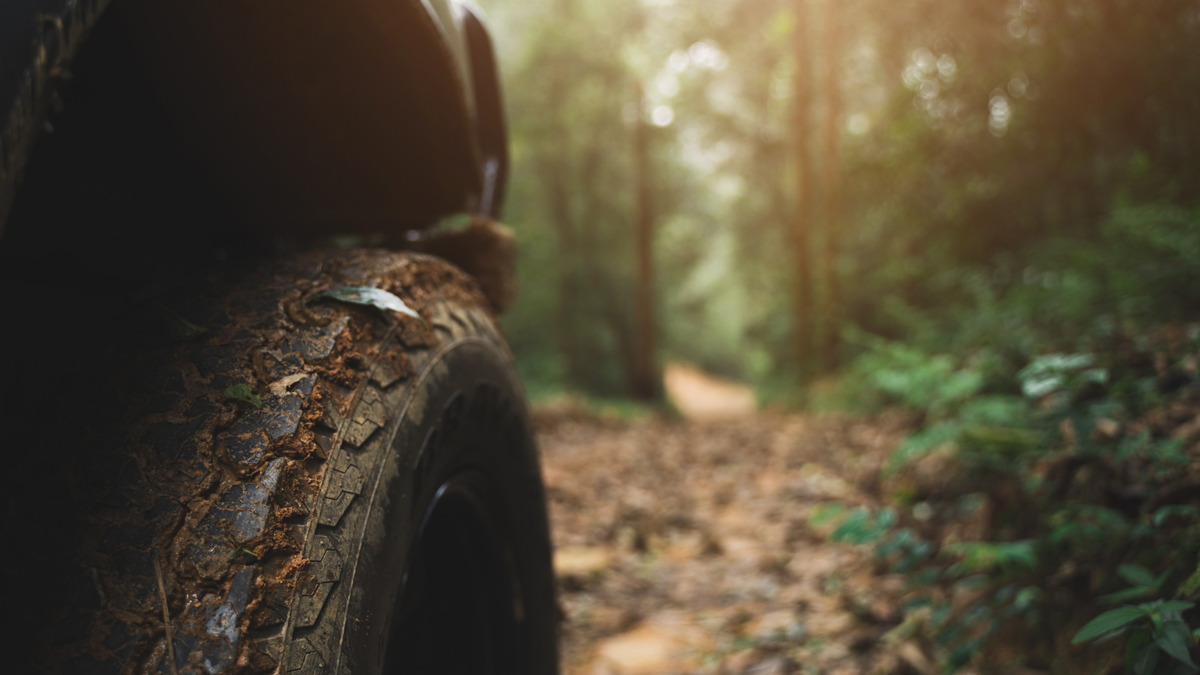Why is your Diff Lock Important

When going on off-road trails you are bound to find yourself in a tricky situation. That river crossing with a muddy bank, the super steep incline on the other side, or that uneven and rocky outcrop.
You may be hesitant to tackle these challenges, but with a differential lock you can unleash the 4×4 beast within and conquer those daunting obstacles like a pro.
Let’s dive into why this nifty feature is an absolute must-have and when to engage it wisely.
What is a diff lock?
A differential lock, or diff lock, is a mechanism located in the drivetrain of some vehicles, typically those with four-wheel drive (4WD) or all-wheel drive (AWD) systems, that prevents the wheels on an axle from rotating at different speeds while the vehicle is turning.
In normal driving conditions, the differential operates by allowing the wheels on an axle to rotate independently at different speeds. However, when a diff lock is engaged, it locks two wheels on an axle together (either front or rear), preventing them from rotating at different speeds. The power is distributed equally to both wheels, regardless of their individual traction. This ensures that both wheels receive maximum power, allowing them to spin at the same speed and therefore improving traction.
Say goodbye to those frustrating moments when one-wheel spins helplessly while the others look on in sympathy. With the diff lock, all wheels dig in, powering you through the toughest challenges.
Traction is King: Diff Lock vs. Traction Control
So, what is the difference between traction control and a diff lock? While both traction control and diff locks aim at improving your vehicle’s traction, the way they do so varies.
A diff lock mechanically locks together the left and right drive shafts of an axle so that the left and right wheels rotate at the same speed forcing the wheel that has more traction to take more load and preventing the wheel with less traction from spinning freely. Engaging the diff lock prevents those wheelspin woes and ensures all your wheels work together in harmony.
While traction control on the other hand utilises speed sensors on each wheel, brake actuators for each set of brakes (the part of a vehicle’s braking system that takes the pressure you apply to the brake pedal and uses it to make the brakes work), and a computer processor to interpret the sensors and control the actuators. Traction control applies the brakes to the wheels that have the least traction, and this transfers torque to the wheel with more traction.
While traction control is commonly found in modern vehicles, a diff lock is typically available in 4WD or AWD vehicles designed for off-road or rugged driving conditions. This is because diff locks will outperform traction control in most if not all off-road scenarios.
- The Isuzu MU-X
The Isuzu Mu-X range, including the LS models, include Electronic Stability Control (ESC) with Traction Control, and both the 4X4 and 4X2 variants are equipped with a diff lock.
- The D-Max
The Isuzu D-Max also includes Electronic Stability Control (ESC) with Traction Control across the range, and a rear diff lock is either optional or standard on most models.
When to engage
It’s worth noting that a differential lock should be used judiciously. In everyday driving situations on regular roads with good traction, keep your diff lock off. While it offers numerous benefits, using it on regular roads with good traction may cause unnecessary strain on the drivetrain and tyres.
With the diff lock engaged, you are better able to overcome off-road conditions such as deep mud, rocky surfaces, steep inclines or slippery surfaces.
So, buckle up, get out there, and let the Isuzu diff lock lead you to exhilarating off-road escapades. Chat with the team at Autoworld if you would like to find out more about the features of the D-Max and Mu-X.
Happy trails!

